We have been experiencing a lot of nature here in Thailand. It’s been absolutely beautiful, fun to see, and awe inspiring. Nature is truly thriving here after zero tourism for 2 years. It has inspired me to write this bit to increase awareness on ethical tourism and explain why it is so important. This place is home to many exotic animals like tigers, monkeys, monitor lizards, and my favorite is the elephant. Thai culture loves and respects nature. It’s one of the first things I noticed about the people. They love and care for animals and have a great respect for them. The people are one with nature in such a beautiful way here. While this is the greater perspective, exotic tourist attractions make big money. So naturally, it’s a problem here.
When I have spoken about my time visiting Thailand and working at an elephant sanctuary, Elephant Nature Park in Chiang Mai, people always ask me “Did you ride the elephants?!” and I always have to passionately tell them no and why you shouldn’t ride them. The spine and neck bones of elephants cannot support a lot of weight, contrary to what you would think. It can cause severe damage over time and even saddles can give the elephants sores. It’s just not something you would think through observation of these giant creatures and most people generally don’t know. I was surprised to discover this too. To learn more about Elephant Nature Park, visit elephantnaturepark.org.
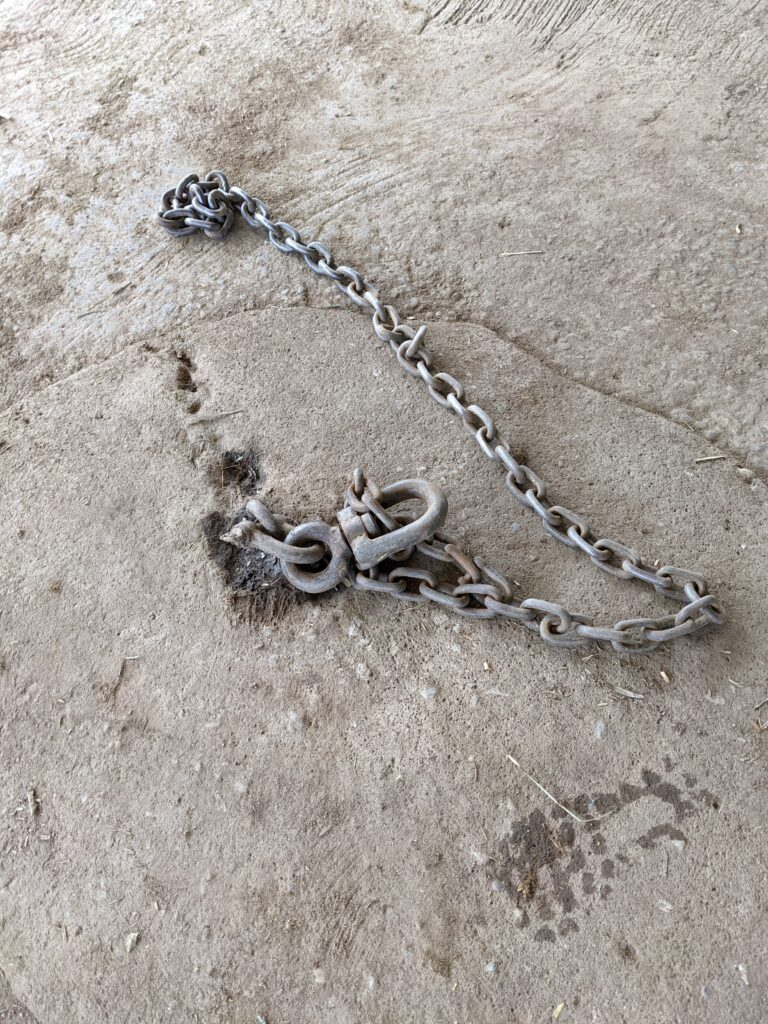
I have also run into vendors selling beautiful silver jewelry (a weakness of mine!) and I noticed the word “elephant” sprinkled into the sentences of the vendors. Of course it got my attention. Trying to follow the “Thinglish” (Thai-English) they were speaking I would also catch the phrase “cost more” in the mix. It took me a bit to figure out what was being said through context clues and then it hit me what I was looking at. The rings and jewelry did not have elephants on them nor were they shaped as elephants…they held hair from the elephants tails and eyelashes inside the jewelry. I dropped the rings I was looking at immediately. My heart sank.
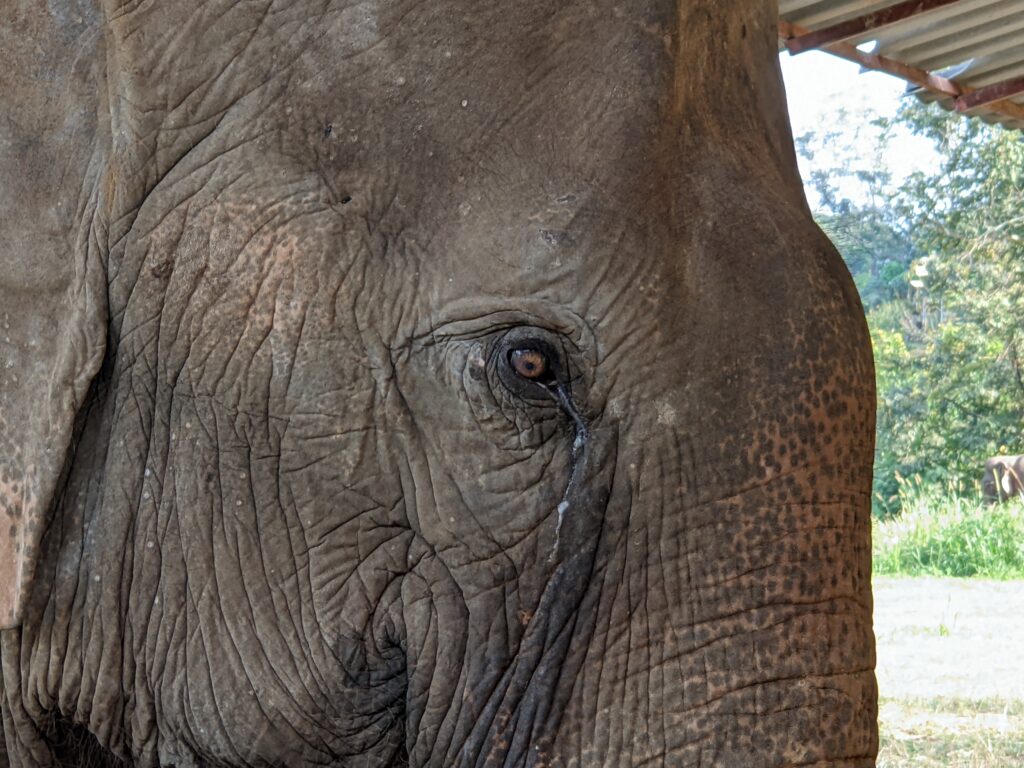
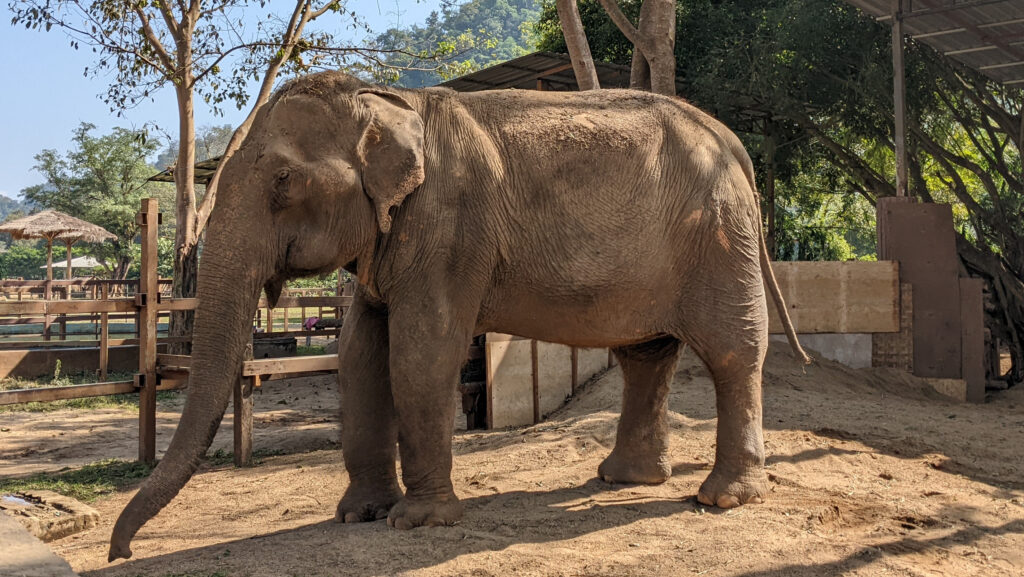
When an elephant’s eyelashes and tail are plucked of its hair, it never grows back. They need this hair, just as we all do, to keep debris and dirt out of their eyes and on their tails in order to swat flies and keep away unwanted bugs. They also use their tails to hold water and cool themselves as well as touching and showing affection to the members of their family or herd. Always be careful when purchasing jewelry in foreign countries. Lots of jewelry is made from various animals and animal parts. These vendors charge more for the jewelry and the price never justifies the true cost that went into making the pieces of jewelry.
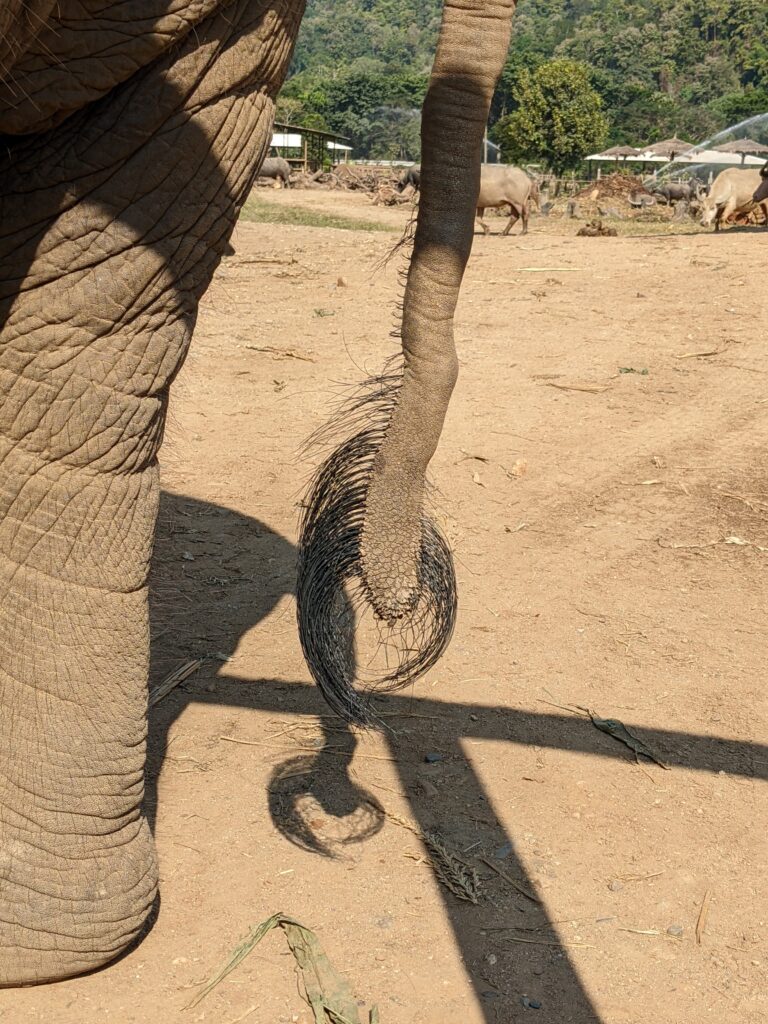
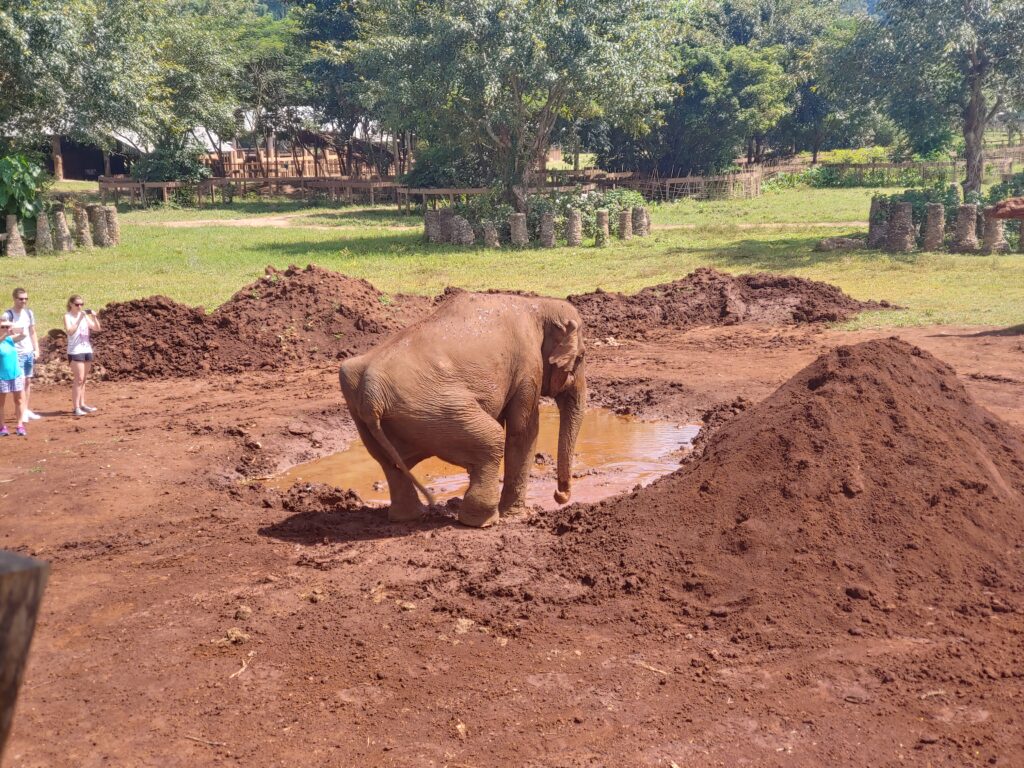
Thailand isn’t the only country that has this problem. I saw animal exploitation in Mexico this year as well. These attractions are cruel simply by existing. I encourage you to always stop and think before petting a wild animal whenever you are traveling. That giant iguana is not having a good time. He’s molting because he’s stressed and malnourished. His colors have lost their luster because he’s stressed and shouldn’t be held like a baby for pets on the head. Most of us have seen “Tiger King” at this point. That tiger you are taking a picture with in the jungle is heavily sedated. And that tiger lives like that day in and day out. Take a close look at the ears of the elephant you are riding. See those scars? Those dolphins that come up and perform and laugh for show do not belong in a tank. They are made to swim miles across the oceans for migration. They don’t enjoy resort living. Just think about it for a moment.
I adore animals. I want to learn about them all and see them thriving in their natural habitats. And it’s completely okay for us to do that. I encourage you to always give wild animals, wherever they are, their space. Camera’s have amazing zoom options that let you operate from a safe distance for you and the animal. Remember how terrified they must be to see you encroaching on their space. Don’t be those people who record the bears in Yellowstone from like 5 feet away. Remember these animals are wild. They will defend themselves, violently if they feel they have to. In some ways we have all been guilty of animal exploitation, myself included. But the respectful and beautiful thing to do is to learn from it and grow. You can change this perspective on making money to exploit animals. It’s cruel, plain and simple. There is hope! There are good folks all over the world promoting ethical tourism, so wherever you want to travel and see nature and wildlife, do your research and find ethical companies and operators that don’t engage in animal exploitation or cruelty. I plan to do as much as I am able wherever I can! It starts with you.
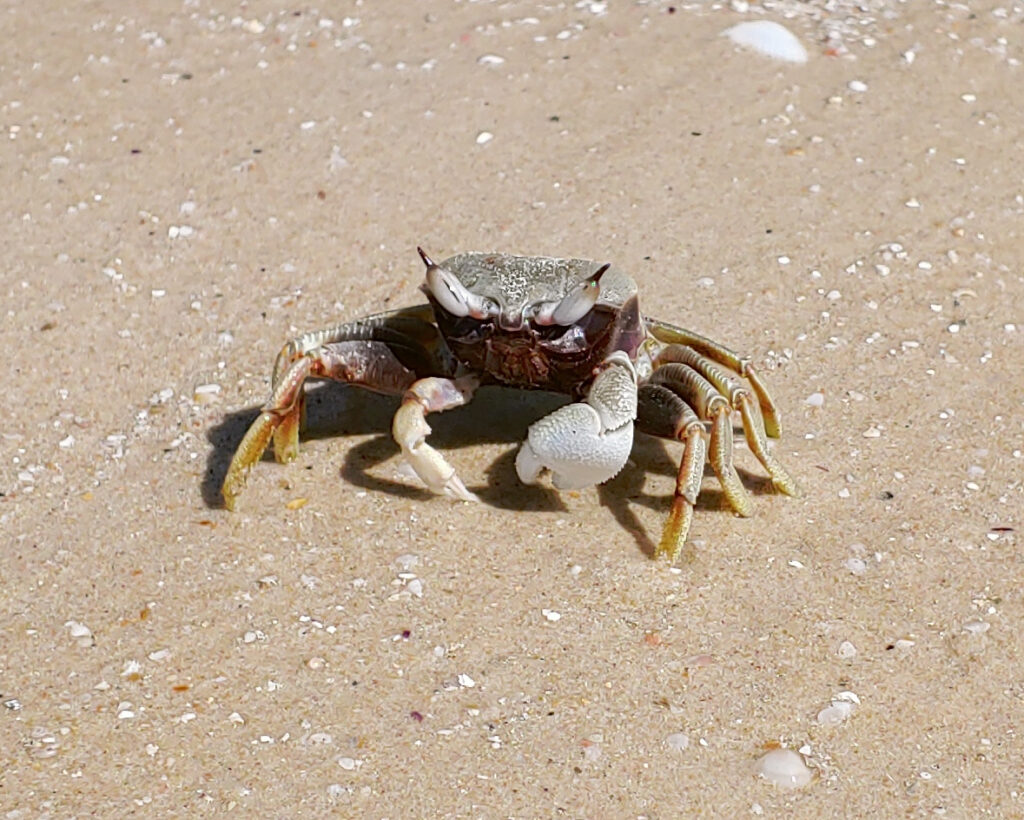
There is one more topic that is worth sharing inside being an ethical tourist while you travel and that is trash, littering, and laundering. I encourage you to reuse towels and request the linens not be changed in your rooms unless they are truly soiled. We have a really distorted definition of ‘clean’ in today’s society. I encourage you to always throw trash away in a receptacle and recycle when you can. It is not hard. While walking the beaches of Phuket I was saddened to see all the trash that washes ashore from the ocean. And the trash that is left by tourists and even locals. Bradley and I decided that we would bring a bag for trash while we were walking along the beach one day. Our bag filled up in less than 5 minutes. Lighters…everywhere. Bottles and caps…everywhere. Plastic straws, forks, and spoons…everywhere. The carelessness and disregard was disgusting. And the more we looked for trash to pick up, the more we saw. Incredible. We decided we would make this a norm, to keep our plastic grocery and mart bags and use them to pick up trash when we visit a beach. A small but impactful way to give back. And make amends.
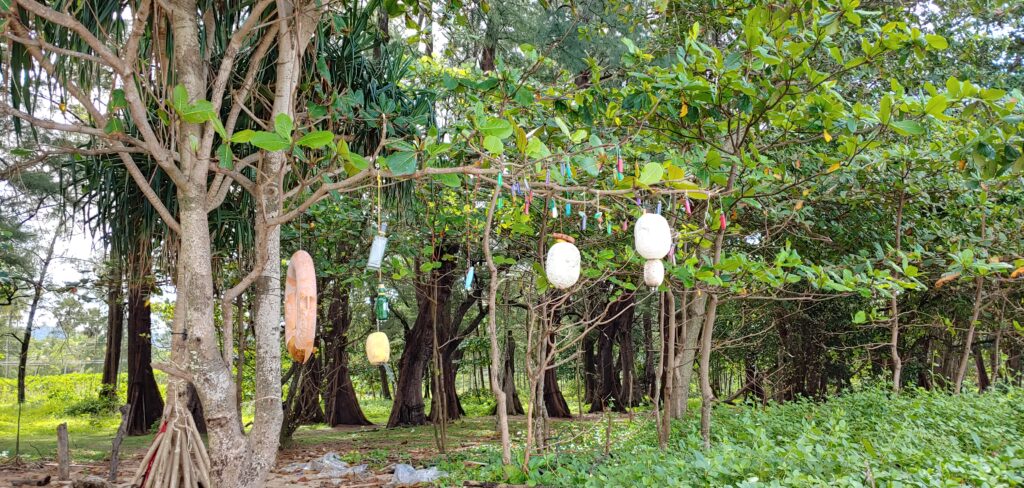
This world is so beautiful and the beings that inhabit it are precious. Society is slowly starting to recognize the importance of environmental protection and rehabilitation and it’s exciting. We can all make an impact in the smallest and most simple ways. I encourage you all to think twice and be respectful and responsible while you travel and enjoy the wonders of this world. If we don’t, there will be nothing left to enjoy. And if that happens, what will be the point?
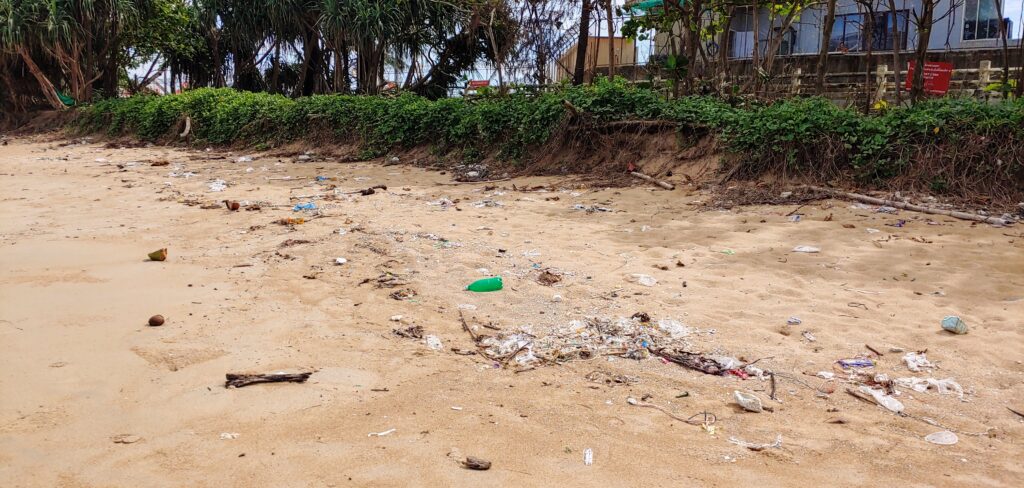
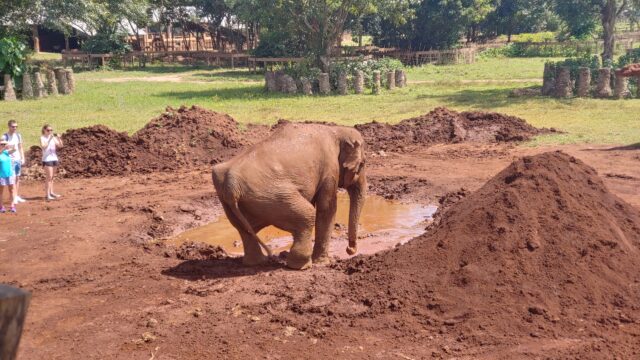
That’s my girl! That’s exactly how you change the world! Lead by example! I am so proud to be your Mom!